Greg Ives, Crew Chief for Dale Earnhardt Jr., Wins $100,000 MOOG ‘Problem Solver of the Year’ Award
Greg Ives, crew chief for Dale Earnhardt Jr. and the No. 88 Nationwide Chevrolet SS, capped off an impressive first year with the 88 team by winning Federal-Mogul Motorparts’ MOOG “Problem Solver of the Year” Award. Ives clinched the award, which highlights the problem solving excellence of NASCAR Sprint Cup crew chiefs, by winning five weekly MOOG awards during the 2015 season.
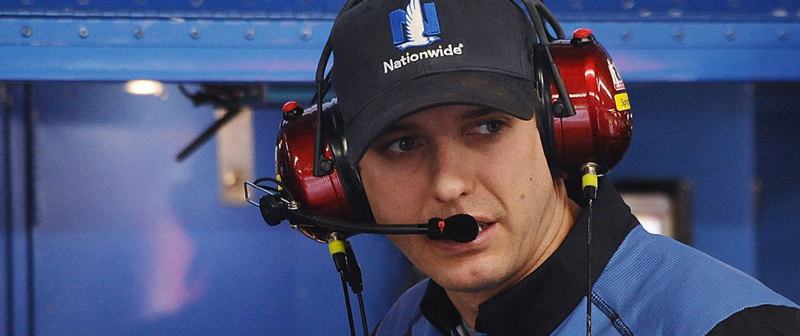
Kyle Busch Secures NASCAR Cup Title
Kyle Busch, driver of the No. 18 M&Ms Crispy Toyota Camry, added his name to the history books by becoming the 2015 NASCAR Sprint Cup Series champion. Busch secured his career-first Sprint Cup title in Sunday’s Ford EcoBoost 400 at Homestead-Miami (Fla.) Speedway, the finale of the 10-race Chase for the Sprint Cup.
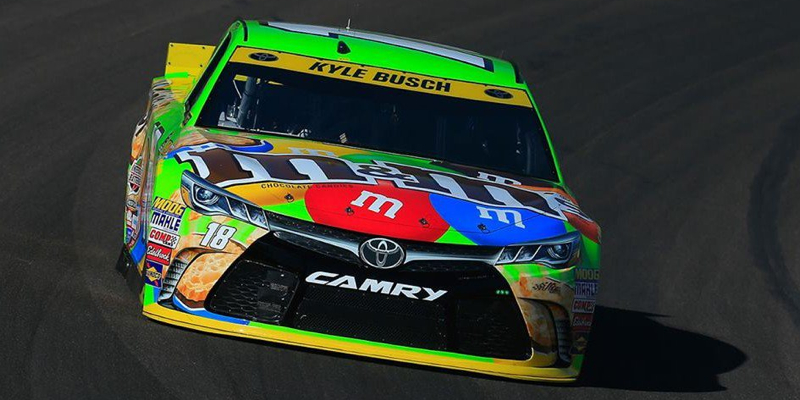
Aric Almirola Crew Chief Trent Owens Wins MOOG ‘Problem Solver’ at Phoenix International Raceway
Aric Almirola and his crew chief, Trent Owens, used a masterful pit strategy to pick up several positions and secure a top-10 finish in Sunday’s rain-shortened Quicken Loans Race for Heroes 500 NASCAR Sprint Cup event at Phoenix International Raceway.
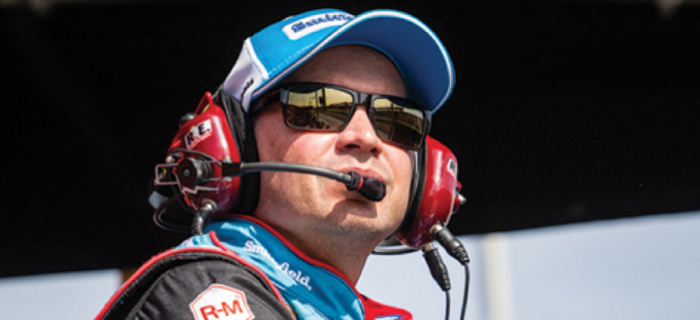
Sourcing Engine Blocks
Production engine builders today want engine cores that match a very specific vehicle application. In many cases, they also want the tinware that goes with the engine because the oil pan, valve covers and timing cover are also year, make and model specific. That has changed the way core suppliers have to inventory their stock.
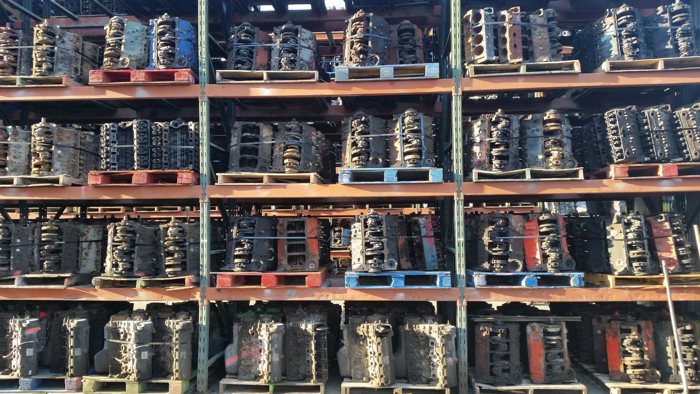
The Complexities of Modern Timing
Let’s face it: timing used to be relatively easy. These days, however, as with most every other engine component, the technology and innovation that leads to more fuel efficiency and performance also means increased complexity with timing components.
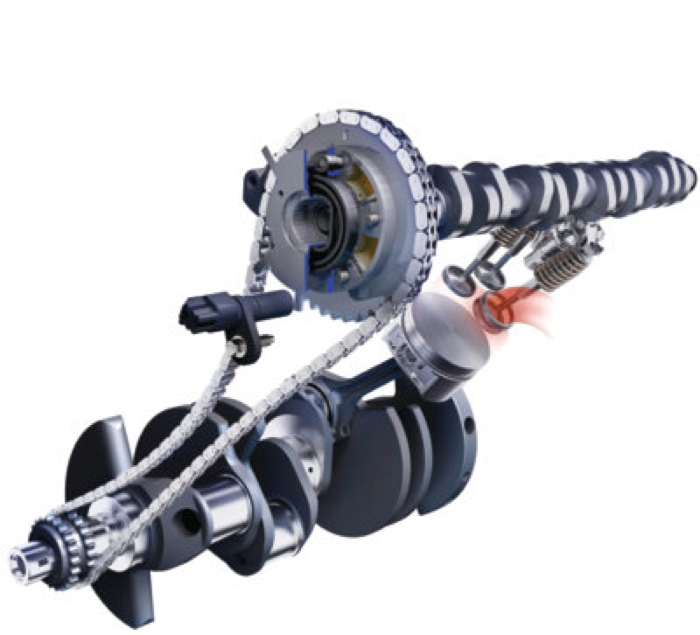
Vanishing V8s: Downsizing Engines
The V8 isn’t dead yet, but storm clouds are brewing on the horizon. Concerns over global warming, CO2 emissions and dependence on foreign oil led the EPA to mandate new Corporate Average Fuel Economy rules. To achieve 54.5 miles per gallon by 2025, automakers may abandon the V8 altogether or restricting it to a handful of limited production applications.
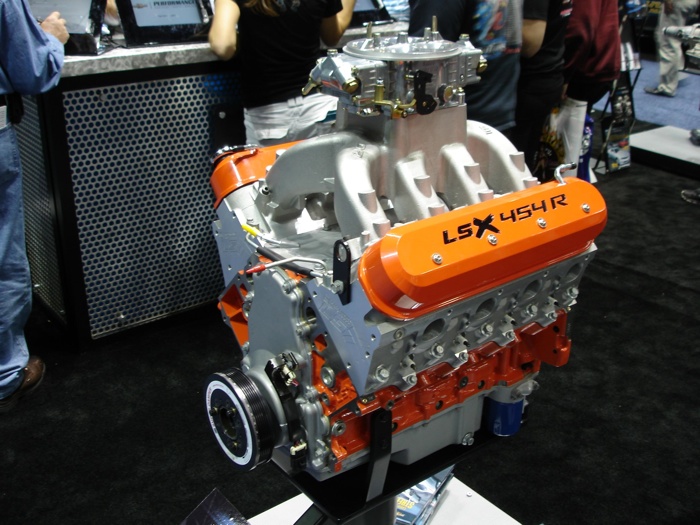
Mitee-Bite Products Becomes Preferred Work Holding Solutions of Roush Yates Engines
Roush Yates Engines has announced a new technical partnership with world-class work holding solutions expert, Mitee-Bite Products. Under this new agreement Mitee-Bite Products is now the “Preferred Work Holding Solutions Partner” of Roush Yates Engines.
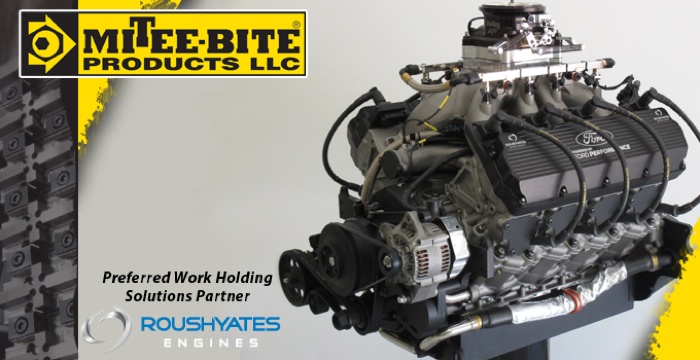
Ford Using Computer-Printed Parts On and Off the Track
When Ford’s EcoBoost-powered race car hits the track at the Belle Isle Grand Prix this weekend it will be using engine parts made by a computer printer. Using 3D printing, parts such as the intake manifold on the Ford EcoBoost race engine used in the Chip Ganassi Racing with Felix Sabates Daytona Prototype car are now created on a printer.
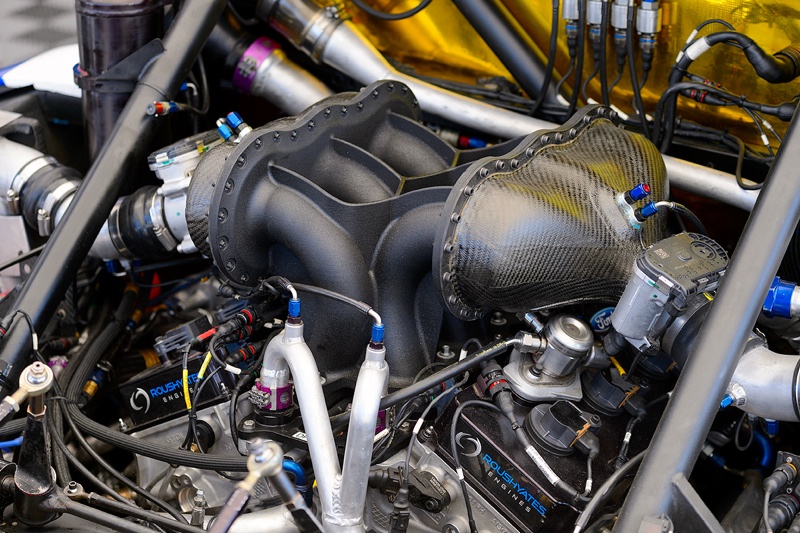
VW’s New 2.0L Diesel Will Bring New Engine Tech to U.S. – Eventually
As a rejuvenation of the current VW 2.0L diesel found in the non-U.S. Passat, the new engine adds several salient new features and upgrades. Variable valve timing is a new feature, and so is a special start-stop system, which shuts off the engine in the event the car’s speed falls below 7 mph.
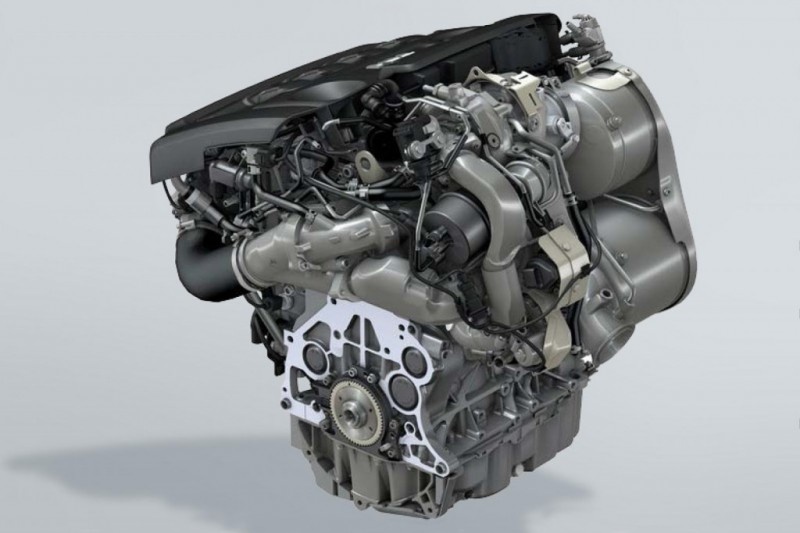
New Engines Force New Pistons
As engines get smaller, motorists expect the same performance as a larger V6 or V8 but with the fuel economy of a four cylinder. Turbocharging makes little engines breathe big, but it also increases the load and temperature the pistons have to endure. This, in turn, requires pistons made of alloys that can withstand higher temperatures and combustion pressures. Yesterday’s castings won’t cut it for these kinds of applications.
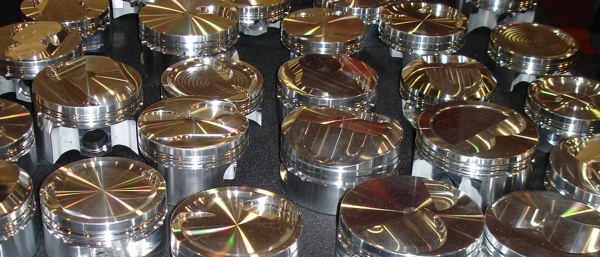
Direct Injection Engines and Carbon Deposits
When the early direct-injection engines hit the three-year or 30,000-mile mark, some developed driveablity problems due to carbon buildup on the necks of the intake valves. In the late ‘90s and early 2000s, TSBs related to carbon deposits on the valves were few and far between. There are three reasons why direct-injection engines are more prone to carbon deposits. Read on to find out.
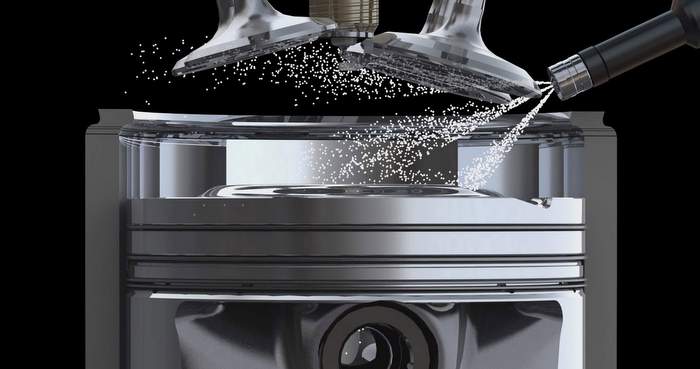
North American International Auto Show Wraps Up This Week
As a certified (or certifiable) gear head, one of the things that makes winter more tolerable is seeing what the manufacturers bring to Detroit’s greatest car show – the North American International Auto Show (NAIAS). The 2015 edition of NAIAS opened its doors to media-types Jan. 12-13. NAIAS has typically positioned itself as the “strategic choice” for manufacturers from all over the globe to launch new vehicles and concepts on a world stage.
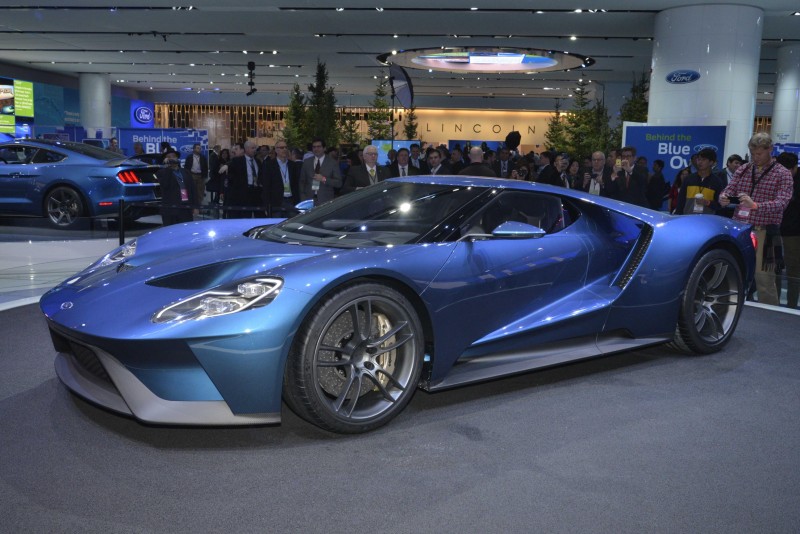
VW’s New 2.0 Liter Diesel Four Sets A New Benchmark For Performance And Technology
The magic number for engines in today’s day and age seems to be 2.0. Whether its Jaguar Land Rover’s newest line of four cylinder “Ingenium” gasoline and diesel engines, or the 400 horsepower Volvo four we detailed a couple of months back, the prevailing mantra of the industry seems to be ‘smaller, yet more powerful.’
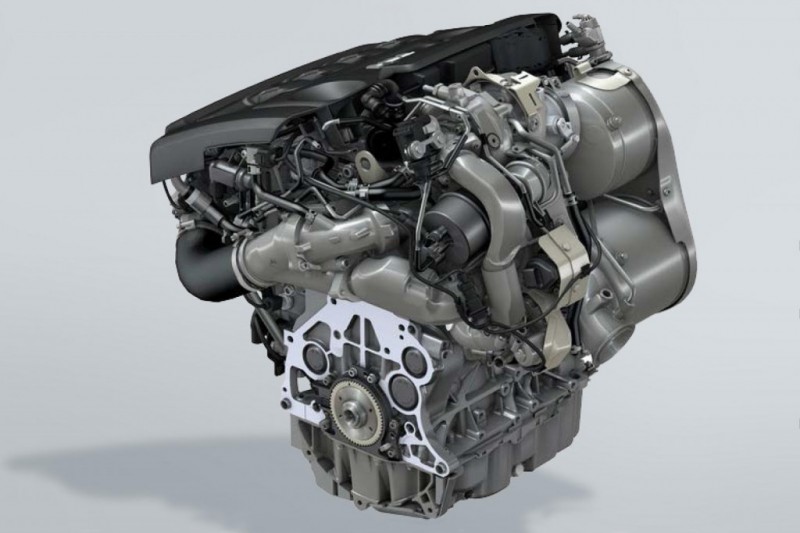
Turbochargers: Small Engine Performance – Turbo Technology
Turbochargers are making a comeback, big time! Auto makers are under pressure from the government to boost their Corporate Average Fuel Economy (CAFE) numbers to over 40 mpg by 2021. One of the ways they are going to accomplish this is to downsize engines and add turbochargers to boost performance so smaller engines can still

Ford’s Mustang Celebrates 50-Year Milestone
We live in some pretty exciting times for performance automobiles, especially muscle cars. Corvettes are taking on the super cars and knocking on the 200 mph door. The Camaro and the Challenger are back and Ford Motor Company is set to celebrate the 50th anniversary of their very popular Mustang. Besides the Corvette, I can’t
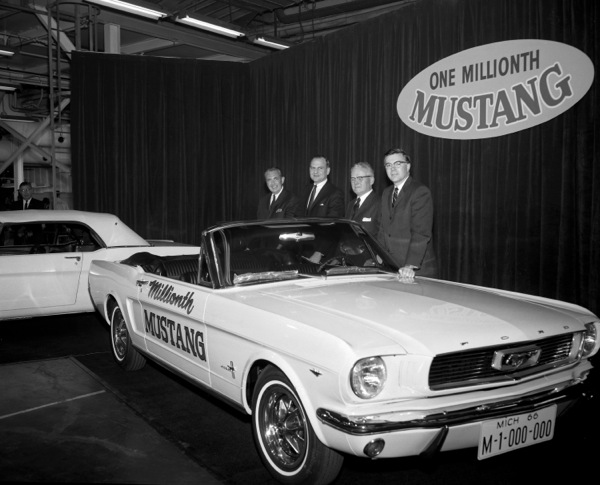
Just in Time – Addressing Timing Component Replacement and Upgrades
The timing components that drive a camshaft affect valve timing, ignition timing (if the engine has a cam-driven distributor), compression, engine performance and fuel economy. Because of this, the timing components must be in good condition with minimal wear and slop, and they must be durable enough to maintain accurate timing for the service life
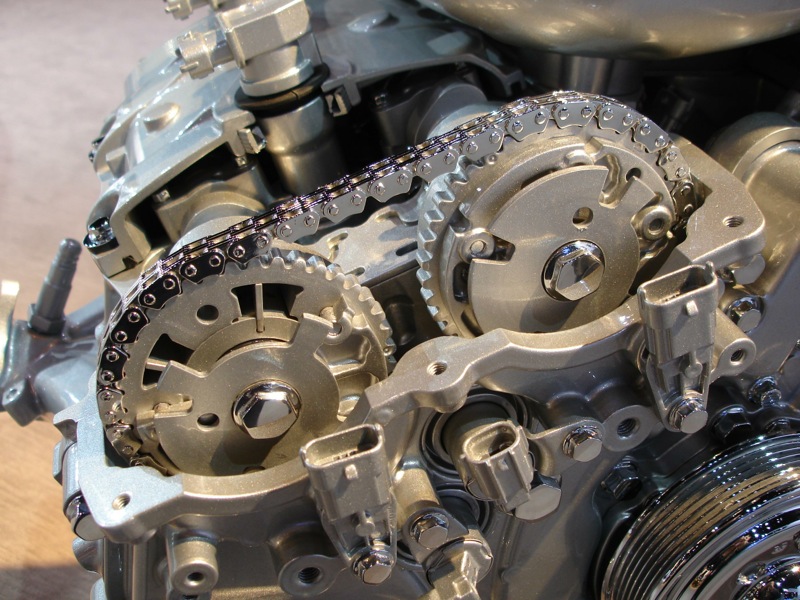
Ward’s 10 Best Engines of 2014
Penton’s WardsAuto has named three diesels, a tiny 3-cylinder turbo and a battery-electric vehicle to its annual 2014 Ward’s 10 Best Engines, illustrating the importance of fuel economy as automakers develop and market advanced new powertrains. This is the 20th year for Ward’s 10 Best Engines, a competition created to recognize outstanding powertrain achievement, world-class technologies and those
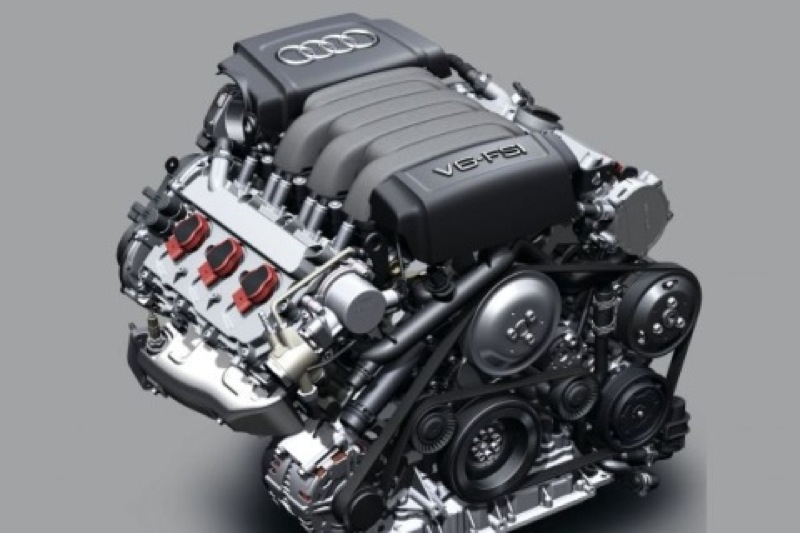
ContiTech Says Timing Belts Drive Modern European Engine Designs
Timing belts on the advance: European automakers are increasingly turning to timing belts again instead of chains to drive timing gear. Timing belts on the advance: European automakers are increasingly turning to timing belts again instead of chains to drive timing gear. “In terms of improving fuel efficiency and cutting CO2 emissions from internal combustion
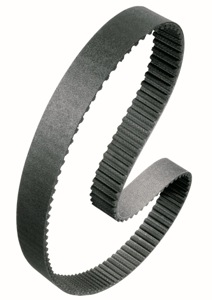
Smaller Engines Make Inroads in U.S., According to J.D. Power
Small, fuel-efficient 4-cylinder engines were the power plant of choice for 55.8 percent of the new vehicles sold or leased at retail in the U.S. market during the first half of 2013, according to research data provided by the Power Information Network (PIN) from J.D. Power. That’s up 1.7 percentage points from the sales mix
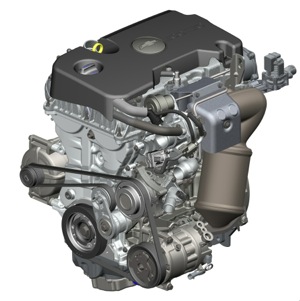
Ward’s 10 Best Engines of 2013 Announced
For the first time in seven years, the list is comprised entirely of gasoline-powered engines, with no hybrid, all-electric or diesel powertrains to be found, in the recent announcement of Ward’s 10 Best Engines for 2013. While this result might seem to go against the grain of the industry’s push into alternative fuels and propulsion
